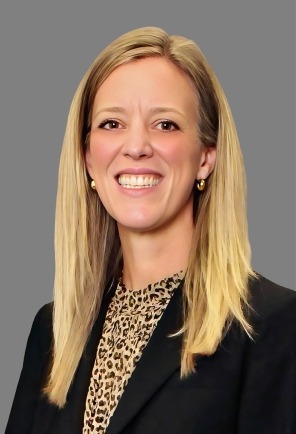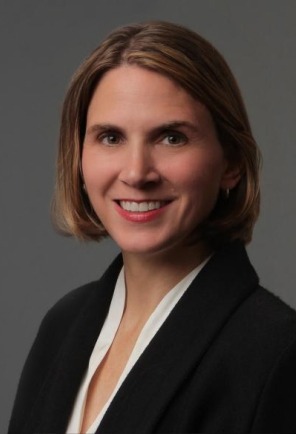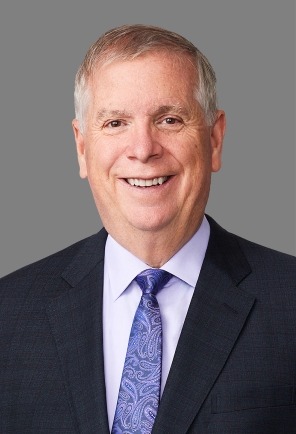Building Education Programs Connected to Careers
Connecting education to the labor market
As the workforce ages and retirement numbers increase, demand for new labor has outpaced supply – particularly for positions in public health and safety (e.g. health care), producing and selling essential products (e.g. cashiers, skilled laborers), and infrastructure support (e.g. maintenance workers, engineers).
As the economy shifts to focus on growth, hundreds of billions of dollars is set to be invested into transportation, electrical, broadband, and water service, school and medical buildings, and clean energy production, among other areas, but one question looms large: who will fill these jobs?
Forward-thinking institutions connect with the labor market, tracking local and national job trends and engaging with employers to facilitate student placement. The most innovative schools create seamless paths to a credential of value, bolstered by employer partnerships and supported with comprehensive policies that improve faculty engagement and empower graduates with an evolving skill set that meets the needs of a shifting economy.
A direct investment in workforce development
Quanta Services, one of the largest infrastructure construction companies in North America, was feeling the labor force shortage, firsthand, and knew that to grow their businesses, they needed candidates that could jump in and learn quickly – candidates who were field ready, with an understanding of the industry and with knowledge of key safety requirements.
Quanta wanted to proactively invest in their future and understood that increasing awareness about industry opportunity during university years could be a key to success. They reached out locally, to nearby Sam Houston State University (SHSU). In SHSU they found an institution that has supported working students for over 140 years and offered an Engineering Technology Degree with concentrations in both construction and safety management. Quanta also found an administration eager to increase recruitment and placement of minority students.
The initial investment was simple: it started with the donation of a $3 million endowment that was used to supplement two new professorship chairs and purchase additional lab equipment.
A&M engaged to design a workforce development program, bringing a team experienced in both education and industry. A&M created a custom approach to design, develop and support a long-term workforce development program between the university and its sponsor.
The program was developed and deployed in three phases over the course of a single year. Creating the program was a collaborative effort. Working alongside SHSU professors and Quanta Leaders, the A&M team provided expert advice and program management support. They interviewed Quanta leaders, worked with SHSU professors to prioritize opportunities for curricula enhancement, created supplemental curricula, designed and launched an internship program, and coordinated on-campus brand awareness events.
The Quanta-SHSU workforce development program, Powering Great Minds, is still going strong. A&M’s work was critical in launching key elements of the program to:
- Enhance existing curricula: Six classes were enhanced to include field-specific competencies. Spanning utility industry exposure, industry technology, and field supervision, SHSU professors and A&M consultants determined where, how and what content could be included across the four-year degree program.
- Create an immersive experience: Leveraging Quanta’s state of the art, 2,500-acre training facility, the A&M team created a custom 40-hour “mini-mester” to provide an off-campus, field-focused course. Instructed by an SHSU professor, the interactive case-study is supported by Quanta Services professionals and leaders, each actively working in electrical, pipeline, telecom or environmental services. The week-long course instructs and tests the end-to-end job responsibilities of construction and safety management. The course is incredibly popular and has been limited to 15-20 students each year since its inaugural offering in the spring of 2017.
- Launch a structured internship program: Previously an uncoordinated effort, the internship program combined “now-term” business needs with qualified candidates from SHSU. Launched in the summer of 2017, the program is Quanta’s number one recruitment program for construction management.
- On campus brand recognition: Beginning with the program, A&M helped Quanta increase its presence on campus including on-campus speakers, job fairs, and deploying unique Quanta-SHSU partnership branding. Speaking engagements are very well attended – the program is a proud achievement that both SHSU and Quanta advertise.
Questions you should ask
Like Quanta, employers should be thinking creatively about their workforce needs and hiring pipeline. Likewise, educational institutions should consider how they can partner with employers and connect to hiring pipelines to better serve their students. Key questions each organization type can ask include:
Employers:
- What knowledge and skills are critical to your company’s growth?
- Where are you finding these employees?
- Are you spending money on outsourced recruiters or job boards?
- How are you investing in your future employees and therefore the future of your company?
Educators:
- Who is hiring your students?
- Are you closely connected with these companies and industries?
- Is there a connection through your alumni network to explore a workforce partnership?
- Is there a way to share valuable information with your students by partnering with market leaders?
Designing an effective workforce development program, like Quanta did with SHSU, requires commitment. It takes time, cooperation, an understanding of evolving economic needs, buy-in from all impacted and invested parties and coordination. But the reward is that these creative partnerships can result in lasting, powerful outcomes – for individuals, for communities, for companies and for the economy.



